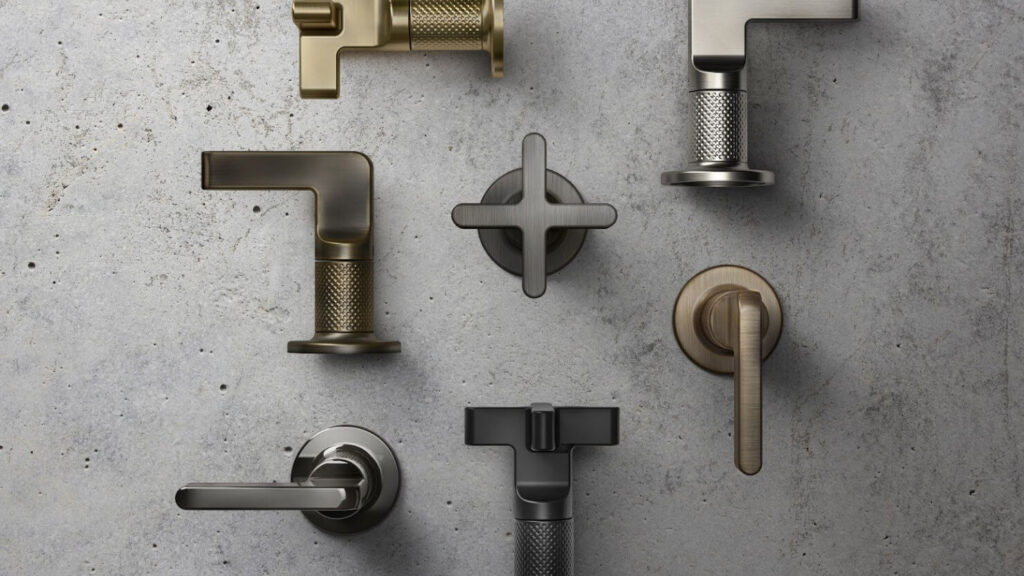
Installing epoxy flooring is an excellent way to protect and enhance concrete surfaces, but moisture control is one of the most critical factors to address before the application begins. Excess moisture beneath the surface can lead to adhesion failures, bubbling, and discoloration, significantly reducing the lifespan and performance of the epoxy flooring. By understanding the risks and taking preventive measures, you can ensure a smooth, long-lasting finish that delivers the durability epoxy is known for.
Understanding the Risks of Moisture Under Epoxy
When moisture becomes trapped beneath a sealed coating, it exerts vapor pressure that can push against the bond between the epoxy and the concrete. This weakens adhesion and may cause the coating to peel or blister. In some cases, moisture can carry salts and minerals to the surface, creating unsightly white deposits. Learning how long an epoxy floor lasts often highlights how vital proper preparation and moisture prevention are to achieving maximum performance from the coating.
Common Causes of Moisture Problems
Moisture issues in concrete floors often stem from groundwater migration, poor drainage around the structure, or high humidity levels in the environment. Even newly poured concrete can retain moisture for months, making it essential to test and verify dryness before coating. Failure to address these conditions increases the risk of coating failure and costly reapplication in the future.
Moisture Mitigation Techniques
To protect against moisture-related damage, several mitigation strategies can be used before applying epoxy. These include applying moisture-blocking primers, improving drainage around the slab, and ensuring proper ventilation in enclosed spaces. Testing methods such as calcium chloride testing or relative humidity probes can help determine the moisture content and whether additional treatment is required. Addressing these issues early ensures a stronger bond between the coating and the concrete.
Impact on Performance and Appearance
Uncontrolled moisture not only affects the structural integrity of epoxy coatings but also impacts their visual appeal. Blisters, cloudy patches, or surface lifting can make the floor look worn and neglected. For those using epoxy in high-performance spaces, understanding why epoxy floors are the choice for car enthusiasts can help reinforce the value of starting with a well-prepared, moisture-free surface. A flawless finish depends on preventing hidden problems before they start.
Conclusion
Moisture mitigation is a critical step in preparing for epoxy flooring installation. By identifying and resolving moisture issues before application, you can prevent adhesion failures, surface defects, and premature wear. Taking the time to test, treat, and prepare the concrete ensures the coating delivers both the durability and appearance expected, creating a surface that performs beautifully for years to come. For those looking for a high-quality solution, an epoxy garage floor is an excellent choice.



